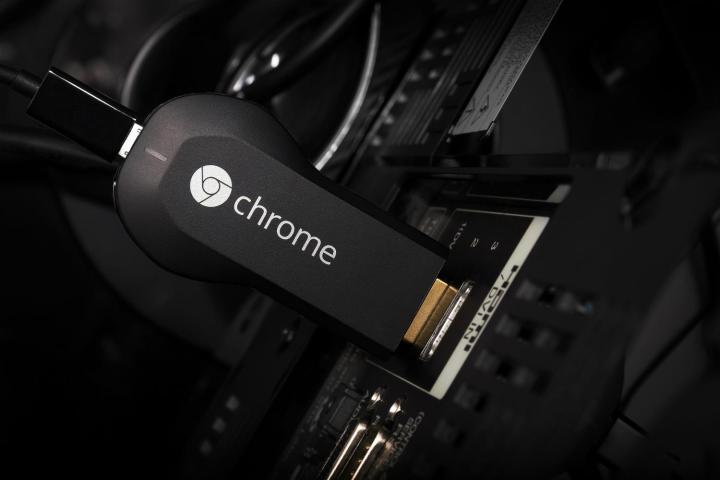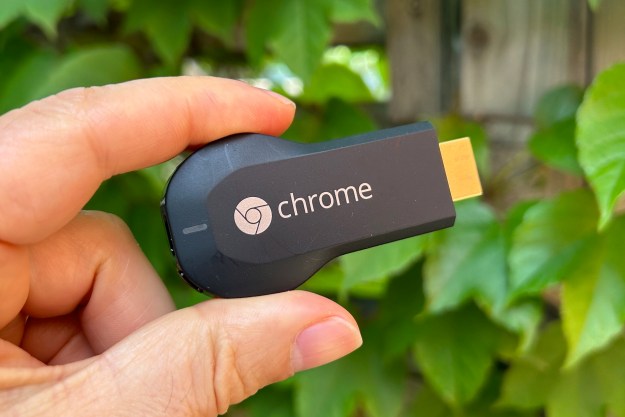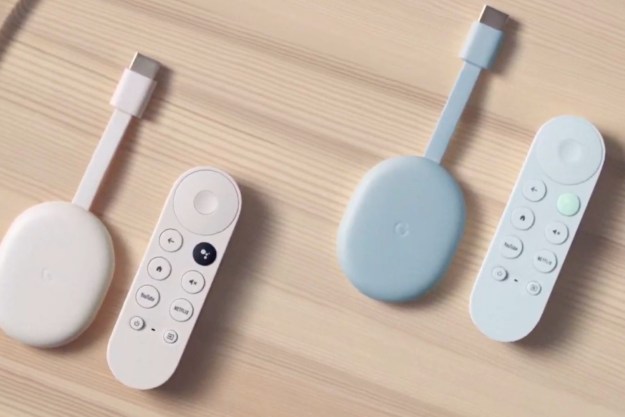
Google’s director of product management (specifically for the Chromecast), Rishi Chandra, discussed some of the ins and outs of the upcoming technology yesterday at the I/O conference in San Francisco, detailed in a report by TechCrunch. Here’s how the new connectivity will work:
After running through the dongle’s initial configuration setup procedure, the Chromecast will begin emitting a uniquely generated ultrasonic sound (beyond the range of normal human hearing) through the TV’s speakers. Encoded within the soundwave are various credentials and specifications that nearby smartphones can use to pair with the device. Any smartphone loaded with apps with Chromecast support will be able to tune into the signal via the phone’s microphone.
From there, it’s just the traditional casting experience that Chromecasters have come to know and love: that Chromecast icon signifying video-streaming goodness will appear just as it does currently when casting via a Wi-Fi network, only it will source the content from the caster’s mobile connection, instead. For those worried about local security issues, there will also be an option to require entering a four-digit pin to connect, which will appear on the screen.
This kind of functionality may seem somewhat frivolous at first glance. After all, most people’s mobile devices are always Wi-Fi connected at home, and it’s usually not all that hard to connect to a network if you really want to cast content at a friend or relative’s abode.
But take a step back and you can see the grander implications of the new technology. Streaming data from one point to the other is getting faster and faster – and involving less and less physical hardware – with each passing year. There will no doubt be more applications for ultrasonic data streaming down the road, as the technology is just beginning to unfold.
[image: Robert Fruehauf/Shutterstock]
Editors' Recommendations
- A $20 Chromecast with Google TV is perfect for this one reason
- How to reconnect the Chromecast with Google TV voice remote
- Google is expanding Fast Pair, casting to more devices
- Chromecast with Google TV vs. Roku Streaming Stick 4K vs. Amazon Fire TV Stick 4K
- Chromecast deals: The cheapest option for Google’s streaming device


